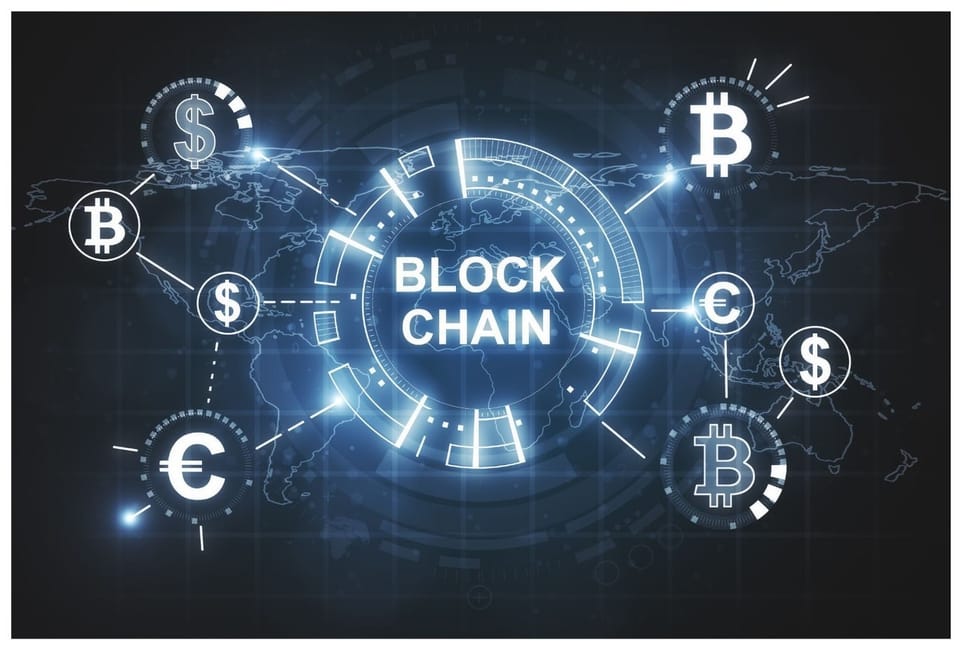Tokenization: The future, today

Like sands through the hourglass…. No, this isn’t about bringing John Black back to life.
This is about where we are headed and what a digital future could have in store for all of us. Words like tokenization have gone from being thrown around as conversation-starters to becoming a fundamental pillar in what investments of tomorrow could look like.
For those that remember, I ended my previous piece on livestock with a thought that perhaps we should be looking at tokenizing this and potentially other assets.
I’m sure some of you have been trying to figure out why I would put this notion forward if we are already able to invest in markets right now. Allow me to put your minds at ease.
Tokenization is a strange new phenomenon that seems to be taking investments by storm lately.
Many thought it a phase that would pass, but it seems there’s some stickability to this one. At least enough to make you wonder what makes it so different from what we know and trust.
The significant difference that tokenization of assets brings to any market is not the trusted blockchain aspect of it, or even the audit trail that comes with this sort of digitization. Those are benefits only Chartered Accountants would really be interested in.
For the rest of us everyday folk, tokenization means fractionalized ownership.
It means you and I could own a part of a painting, a stadium, a mine, or yes, even a cow. And with fractionalization of course, comes lower costs and lower barriers of entry to investing. This can be particularly useful when you are looking for an affordable way to start and grow into investments over time.
Making the world better
A prime example of fractionalization at work is Easy Equities, where purchasing a part of a share and not the entire share has made the world a better place.
Now if you are looking to make markets more accessible to investors, this is definitely one way to do it.
If you don’t believe me, just ask the world’s largest asset manager, BlackRock. Their CEO has said that the future of asset management lies in tokenization of real assets.
In the interest of time, and word count, there’s a brilliant Tokenization Playbook that goes into greater detail around this concept, Rohas Nagpal really thought it through when he was putting it together. It’s 54 pages of sensible reading about something that is undoubtedly here to stay with us.
Reasonable valuation
So what can you really tokenize? Apparently most things, if not everything. As long as you are able to attach a reasonable valuation to an asset and you are able to outline the important aspects of what is known as a smart contract, then you could very well be on your way.
The fact that you can tokenize everything however, does not mean you should apply it to everything. Like anything else, there are processes and costs to these things. And the last thing we need is another Bored Ape craze. On that, maybe we should see how NFTs are doing.
For those of you reading and wondering why companies are tokenizing and what are they tokenizing, relax, I’ve got you plugged too.
Despite the newness of it all, and companies like JP Morgan and BlackRock still exploring their options, there are some who have really taken the proverbial bull by the horns.
The likes of Libertas, Axalio and DigiShares have all identified a niche within the tokenization space where they want to all play in, hopefully are companions and not competitors. From real estate to mining, and everything in between, it’s clear that everything is fair game and the possibilities remain limitless.
And though we may still be a while away from having any listed tokenization companies, we are certainly well on our way to a new way of looking at investing.
And with new ways, comes new opportunities. Just imagine what this means for carbon credits and socially responsible investing.
